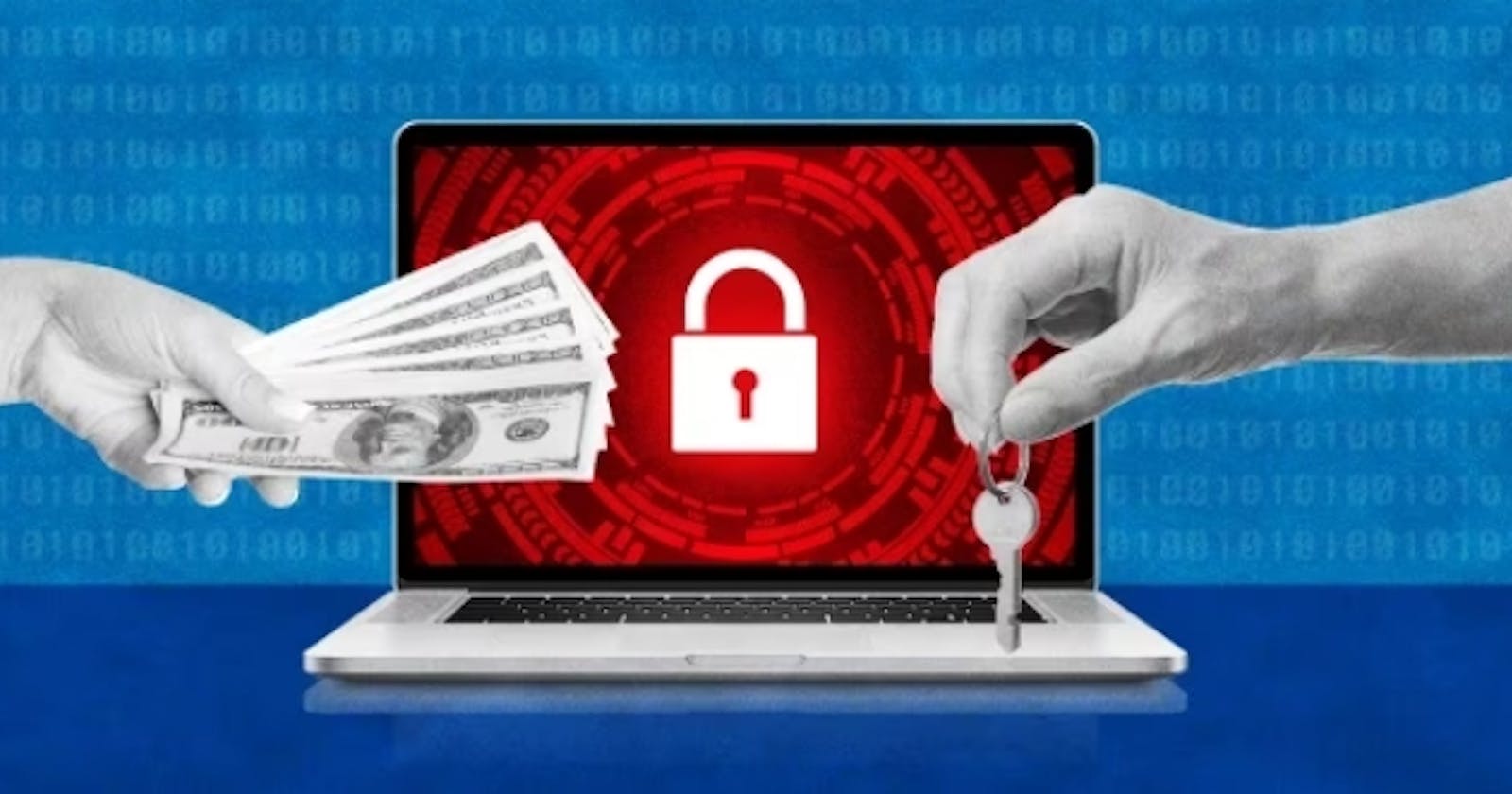What is Ransomware Attack?
Ransomware is a type of malicious software that encrypts a victim's files.
This effectively holds the victim's data hostage, and the attackers demand a ransom payment in exchange for the decryption key that will restore access to the victim's files.
Ransomware attacks are often targeted at businesses or other organizations, but they can also be used to attack individual users.
The attackers typically demand payment in a cryptocurrency, such as Bitcoin, to make the transaction more difficult to trace. Ransomware attacks can be devastating for the victims, as they can result in the loss of important data and significant financial losses.
Individuals and organizations need to take steps to protect themselves from ransomware attacks.
How do we mitigate these attacks?
There are several steps that individuals and organizations can take to protect themselves from ransomware attacks. Here are a few examples:
Keep your computer software up to date: Make sure that you are running the latest version of your operating system, web browsers, and other important software. This can help to prevent attackers from exploiting known vulnerabilities in older versions of these programs.
Use a reputable antivirus program: Antivirus software can help to identify and block ransomware before it can encrypt your files. Be sure to choose a well-known and respected antivirus program, and keep it up to date.
Back up your data regularly: One of the most effective ways to protect yourself from ransomware is to regularly back up your important data. This way, even if your files are encrypted by ransomware, you will still have a copy of the unencrypted data that you can restore. It is important to store your backups in a separate location, such as an external hard drive or a cloud-based backup service, to prevent them from being encrypted by the ransomware as well.
Be cautious when opening email attachments and links: Ransomware is often spread through email attachments or links. Be cautious when opening email attachments, especially if they are from someone you don't know. If you receive an email with a link, hover over the link with your mouse to see the true destination before clicking on it.
Use a firewall: A firewall can help to block incoming connections from known malicious IP addresses, which can prevent some ransomware attacks. Be sure to configure your firewall properly and keep it up to date.
Avoid risky websites: Some websites are known to host malware, including ransomware. Avoid visiting these sites, and be cautious when downloading files from the internet. Only download files from trusted sources.
#CyberSecurity #CyberSecFalcon #PatrickEssien #Ransomwareattack
Image Source: Online
